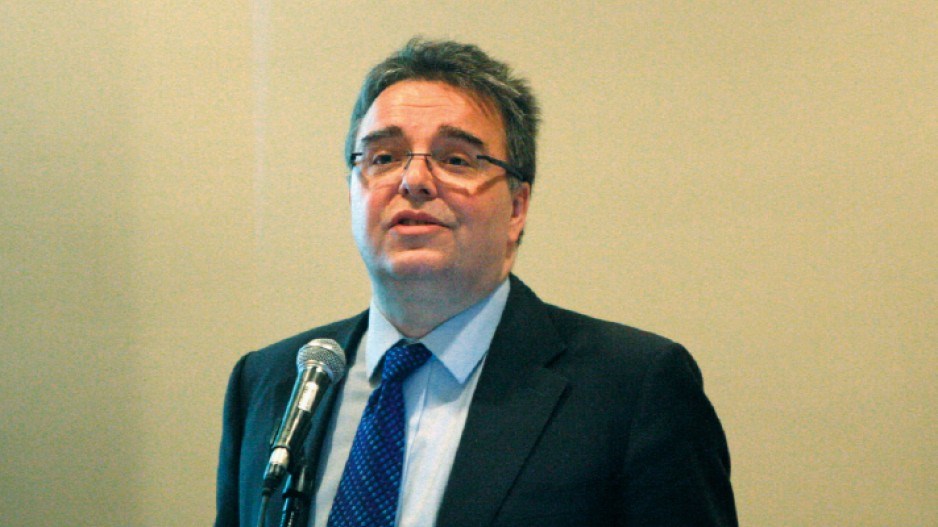The massive market volatility in Japan is likely to spread as other markets and economies begin to absorb a major change in US Federal Reserve monetary policy.
Simon Derrick, managing director and chief currency strategist at global investment firm BNY Mellon, was encouraged that federal reserve chairman Ben Bernanke continued to signal to the world market last week that the unprecedented monetary easing policies that have injected trillions of dollars into the economy will be coming to an end.
“After an extended period of highly accommodative policy, it’s a good start to the long, slow process to normalization,” Derrick said in an interview following his speech at a CFA Vancouver luncheon.
“It’s also good to start the process of re-pricing risk.”
But it will be a bumpy ride for the next few weeks and months.
In the past month since Bernanke first suggested the end to the Fed’s quantitative easing policies, the Dow has remained extremely volatile. And it dropped nearly 500 points in two days after last week’s US Federal Open Market Committee statement. The TSX dropped 300 points in the same two days.
The growing volatility in world markets has been fuelled in part by the injection of trillions of dollars worth of currency over the past decade.
Derrick noted that total foreign exchange reserves around the world ballooned 446% to US$10.93 trillion in 2012 from US$2 trillion at the end of 2001.
Monetary policy has caused much of that growth over the past two decades as central banks push various initiatives to lower the relative value of their currencies and bolster their local economies.
Derrick suggests currency wars have raged for years among the world’s largest economies.
“If you take the view of Japan and China, yes, there was a currency war with the U.S. But the U.S. will always say that a weaker dollar was an ‘accidental consequence.’”
With so much money in the global system looking for investment opportunities, it’s not surprising that world markets of all sizes and asset classes face the risk of asset bubbles. Japan was just the latest example.
Derrick said currency flows suggest emerging markets have also been a bubble.
“A great deal of money that’s gone in that’s inflated emerging markets is starting to drain away” at the first hint of the end of quantitative easing, he said. “The day we started to see trouble in the emerging markets was the day Bernanke stated in Chicago [in May] that perhaps the Fed should be more conservative over asset bubbles.”
The next bubble to burst could be the euro. Derrick suggested the relative value of Europe’s common currency has remained fairly resilient against other global currencies such as the U.S. greenback because many countries hold a significant amount of euros in their foreign-exchange reserves.
But he said global currency flows he’s seen suggest that “we’re quietly seeing a consistent loss in faith taking place in the euro. And people have forgotten about Greece. If Greece comes back as a story, the support for the euro will not be there,” he said. “The eurozone crisis is far from over.”




